Why do people procrastinate?
People will often say, "I know it isn't good for me, I know it just makes things worse, yet I keep doing it." So a good question is, 'Why do people procrastinate?'
Let's be clear from the start - Procrastination is not laziness – it's a gap between intention and action. Occasionally, action may involve some discomfort and people learn to escape some of this discomfort by putting things off.
The procrastination cycle describes why people procrastinate. In this four-step cycle, I want to highlight that procrastination is a learned behavior that can be unlearned. In particular, I want to discuss the four steps involved in procrastination and identify key intervention points in the cycle.
When something comes along that we procrastinate on, we typically go through the following four steps:
Step 1: The unhelpful rules and assumptions of procrastinators are triggered.
Step 2: We look to dodge the discomfort by making an excuse or rationale
Step 3: We turn to other things to alleviate this discomfort
Step 4: We continue procrastinating and suffer the consequences of putting the task off.
Step 1: Why Do People Procrastinate: Their unhelpful rules and assumptions
We all have rules and assumptions by which we live our lives. For example, there is the Golden rule – do unto others as you would have them do unto you. Or the rule that "it is important to be kind to others whenever possible." Or the assumption that "if I commit a crime, then I will be punished".
These rules and assumptions seem pretty helpful because they accurately capture how things are, and they can also be flexible (e.g. we might not be nice all the time 😊).
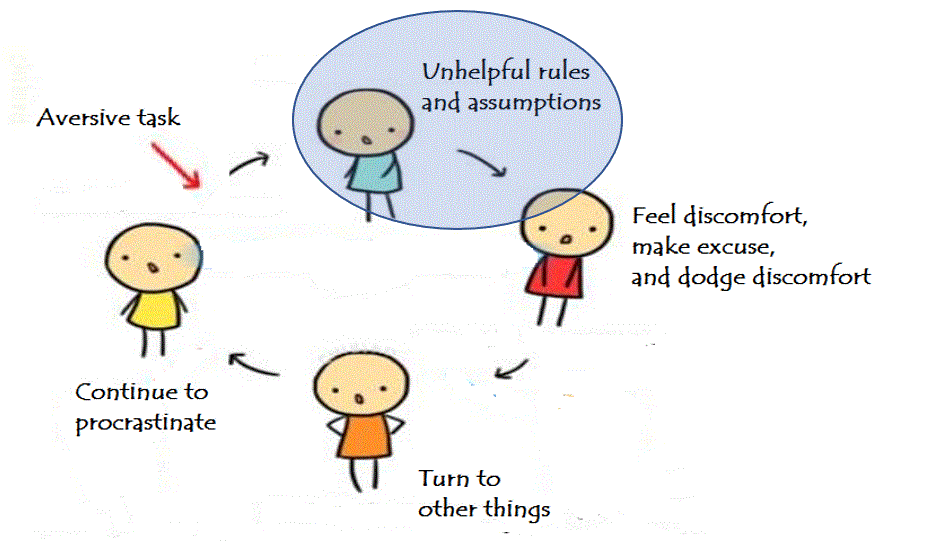
A rule or assumption tends to be unhelpful when they are inaccurate and inflexible in some way.
At the heart of procrastination lies particular Unhelpful Rules/Assumptions. We call these the "shoulds", "musts", and "can't".
Some of the most common unhelpful rules and assumptions that are linked to procrastination include:
- Needing To Be In Charge. For example, "Things should be done my way", or "I shouldn't have to do things I don't want to, or just because someone else says so."
- Pleasure Seeking. For example, "Life's too short to do boring or hard things. Fun should always come first."
- Fear of Failure or Disapproval. For example, "I must do things perfectly; otherwise, I will fail, or others will think badly of me."
- Fear of Uncertainty or Catastrophe. For example, "I must be certain of what will happen. What if it's bad? I am better off not doing anything than risking it."
- Low Self-Confidence. For example, "I can't do it. I am just too incapable and inadequate."
- Depleted Energy. For example, "I can't do things when I am stressed, fatigued, unmotivated, or depressed."
Which type of procrastinator are you? Find out here
When the aversive task triggers those unhelpful rules and assumptions, we will likely feel discomfort. But, like any reasonable person, the procrastinator naturally wants to minimize discomfort.
Step 2: Why do people procrastinate? Because the feel discomfort, make excuses and dodge discomfort.
When we make these unhelpful rules and assumptions, we will likely make excuses to put things off.
In other words, we fall for our own excuses or our own procrastination pick-up lines.
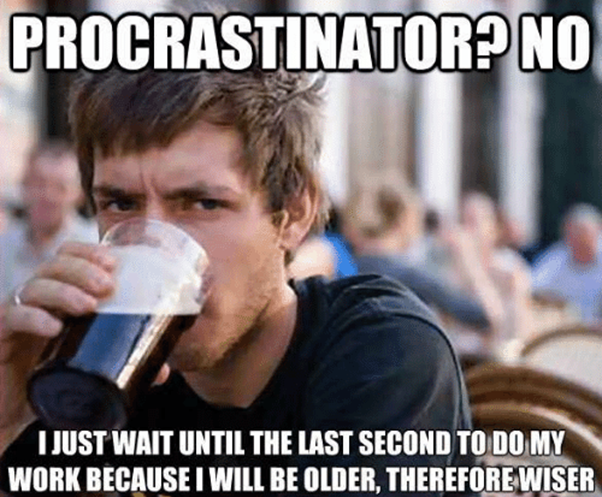
Here are some standard procrastination pick-up lines.
- I'm too tired. I'll do it tomorrow.
- I don't have everything I need. So I can't start it now.
- I don't have enough time to do it all, so I will wait until I do.
- It is too late to start it now.
- I won't get much done, so I'll leave it for now.
Why do we fall for our own procrastination excuses?
One helpful theory is the Cognitive dissonance theory which helps explain why procrastinators fall for their own pick-up lines.
For example, let's consider a student who must complete their assignment by tomorrow (Cognition A). However, they find the assignment tedious and stressful (Cognition B). Therefore, they may try to reduce this cognitive dissonance by:
- Reconciling A and B with a distraction. Distraction is when we divert our attention away from dissonant cognitions and avoid the negative affective state caused by dissonance. As such, they may say to themselves something along the lines of "I will go and check the internet and do the assignment later".
- Reconciling A and B with trivialization. Trivialization involves changing beliefs to reduce the importance of dissonance- creating thoughts or beliefs. As such, they may say to themselves something along the lines of "The assignment is not as important as hanging out with my friends".
A scientifically backed way to reduce procrastination is to use implementation intentions to create a new response to these procrastination excuses.
Step 3: Turning to other things.
When we feel this discomfort, it is natural to want to alleviate it. It is only natural!
So instead of writing the tedious report, we jump into the email. Rather than study for a couple of hours, we might want to go to the movie.
You may turn to different things in different contexts. You need to become conscious of the actions you take when you procrastinate so that you can become conscious about not doing them.
In my experience, clients have told me their go-to activities are to re-organize stacks of papers, some watch TV, and others may even clean the house! Social media has created a whole new way to stay connected with people. Still, it has also created a whole new way to procrastinate. It's almost like people use this social media to make themselves feel better about not doing what they should be doing!
Here are four strategies you can implement to today to minimize technology derailing your abiliyt to get stuff done.
Step 4: Why do people procrastinate and continue to do so
OK, so I have just discussed how an aversive task comes along. Several unhelpful rules and assumptions may be triggered, and feelings of discomfort may arise. The procrastinator will likely turn to other activities to dodge the discomfort. These activities are the procrastination escape valves.
But this short-term relief has negative long-term consequences. The consequences may be life-changing and lead to severe results. For example, procrastination can lead to a loss of meaningful relationships and the respect of people we care about, poor financial outcomes, and/or loss of work opportunities. In addition, these may lead to a loss of self-esteem due to feelings of failure, mediocrity, and inability to fulfil one's potential.
The fact that procrastination is learned means that it can be unlearned. But this unlearning involves a serious commitment to change. This commitment is challenging.
The procrastination cycle highlights points of intervention to stop procrastinating. Procrastination interventions can involve:
- Recognizing and making changes to unhelpful rules and assumptions;
- Learning to tolerate your discomfort
- Not falling for your procrastination pick-up lines (or excuses)
- Being more compassionate and motivating toward yourself. This goes hand-in-hand with reducing the self-critical language directed to you and your procrastination.
- Having go-to strategies to reduce procrastination and the commitment to keep trying.
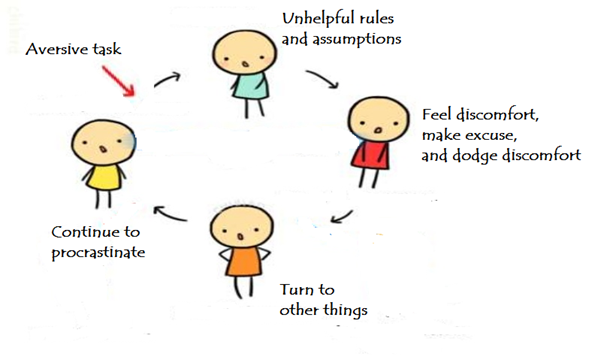

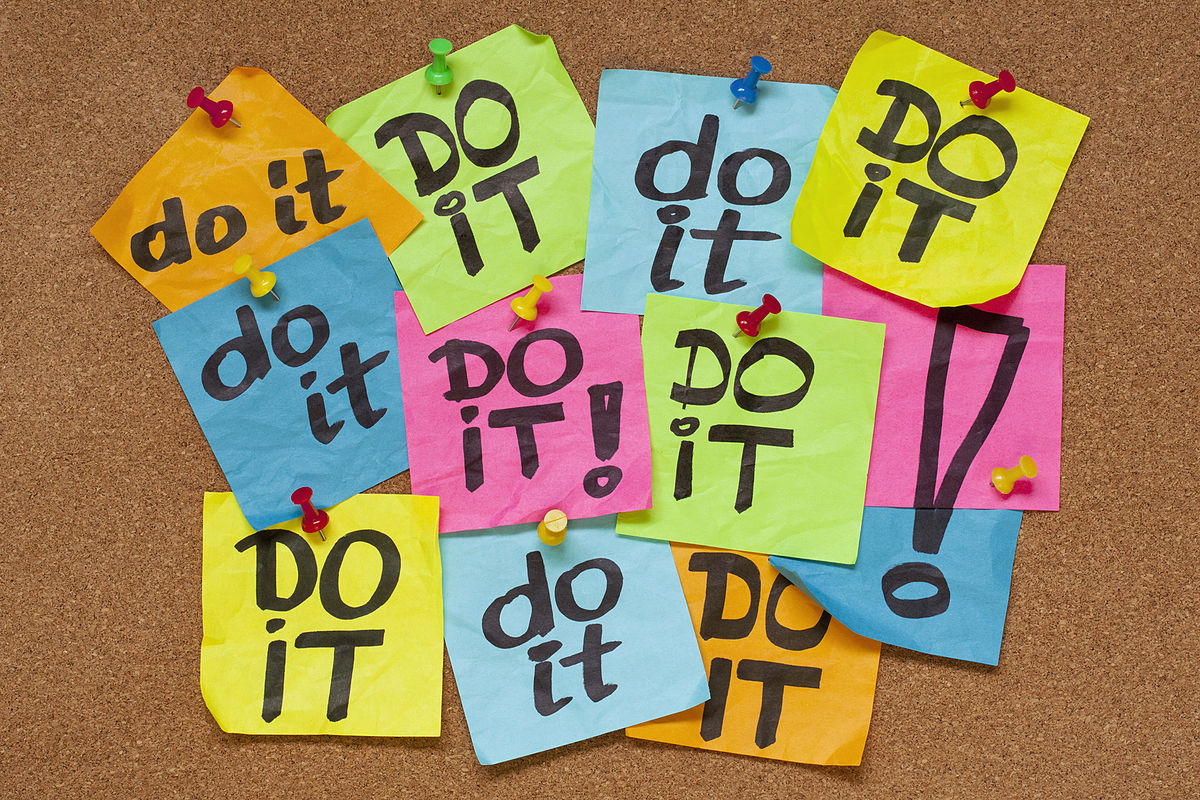
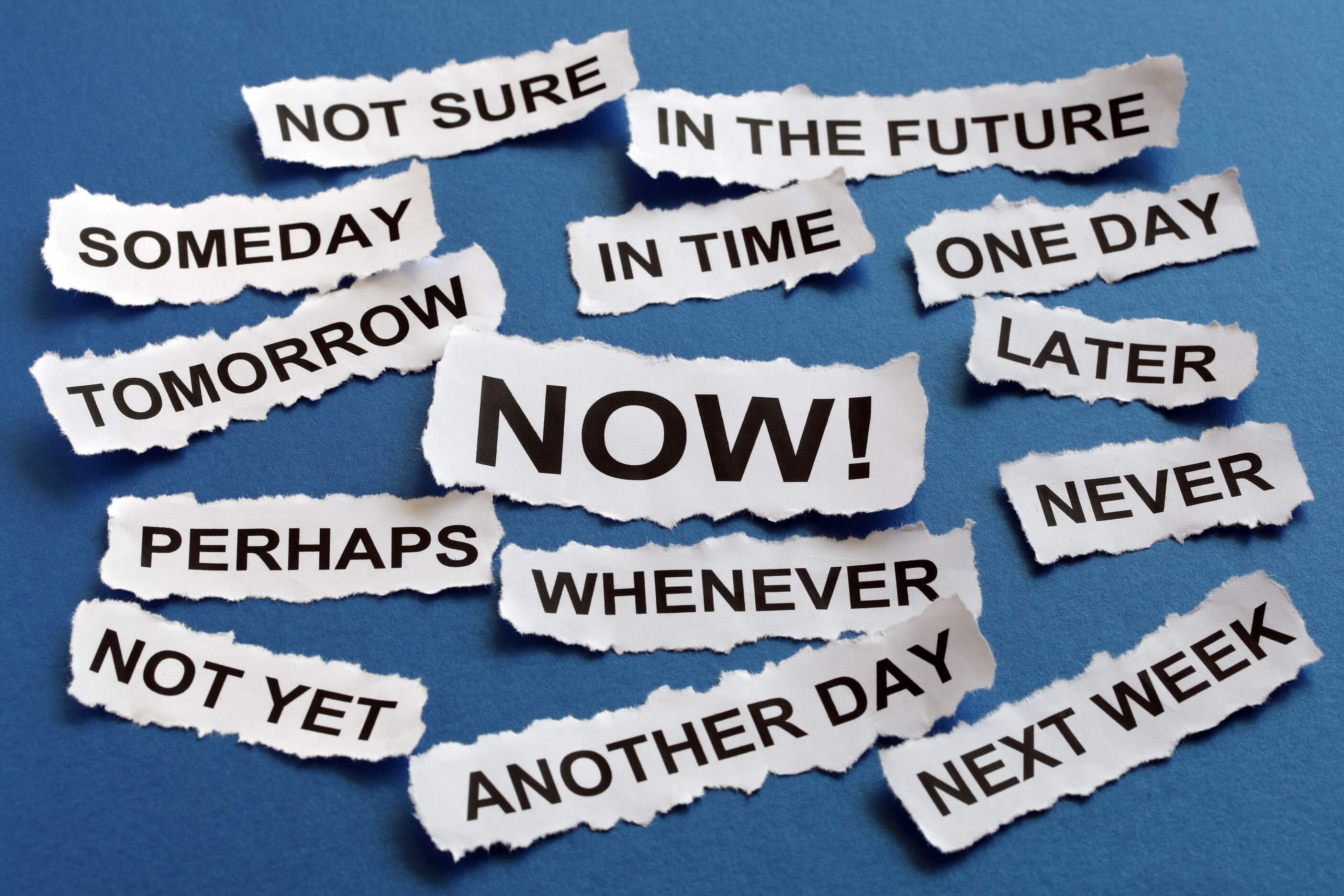

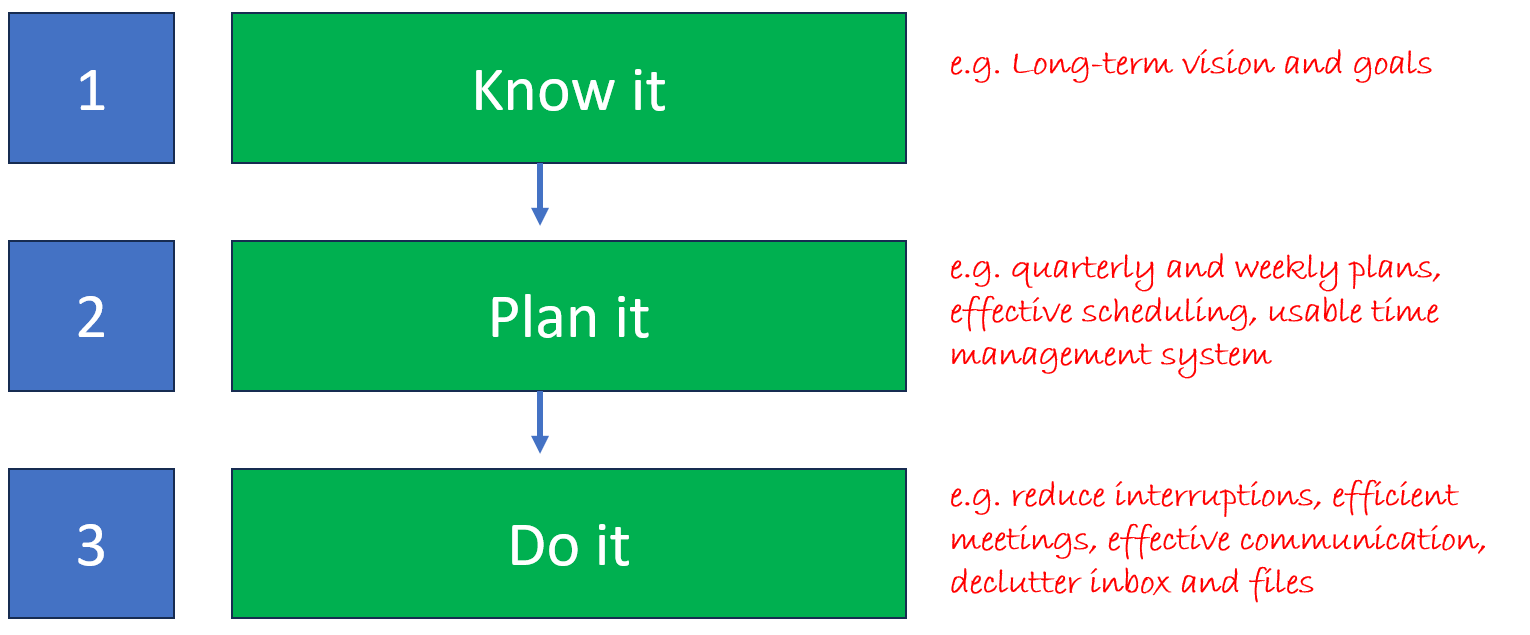

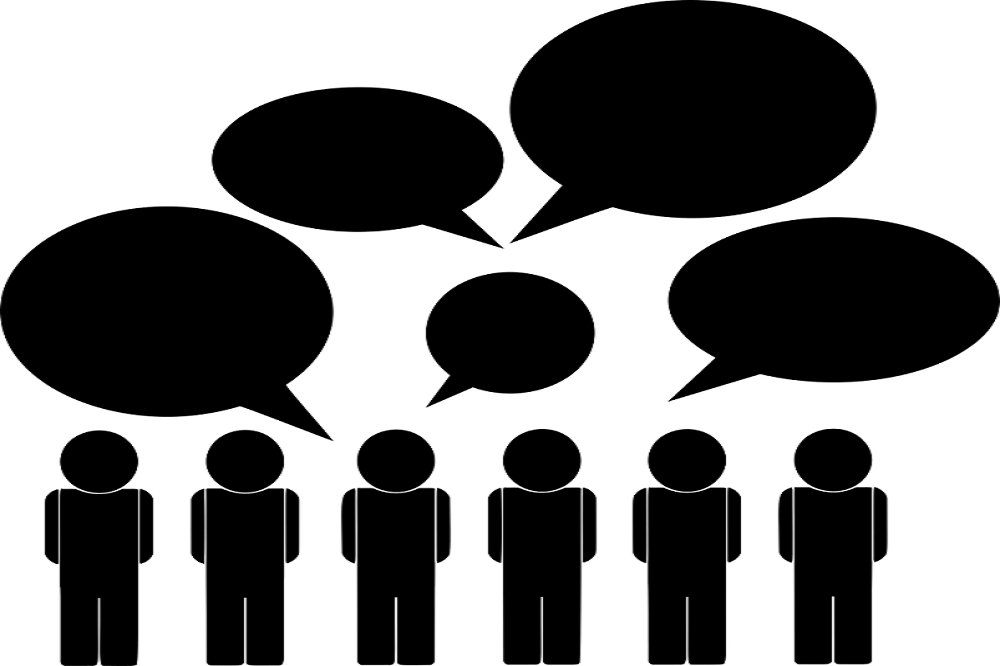



New! Comments
Have your say about what you just read! Leave me a comment in the box below.